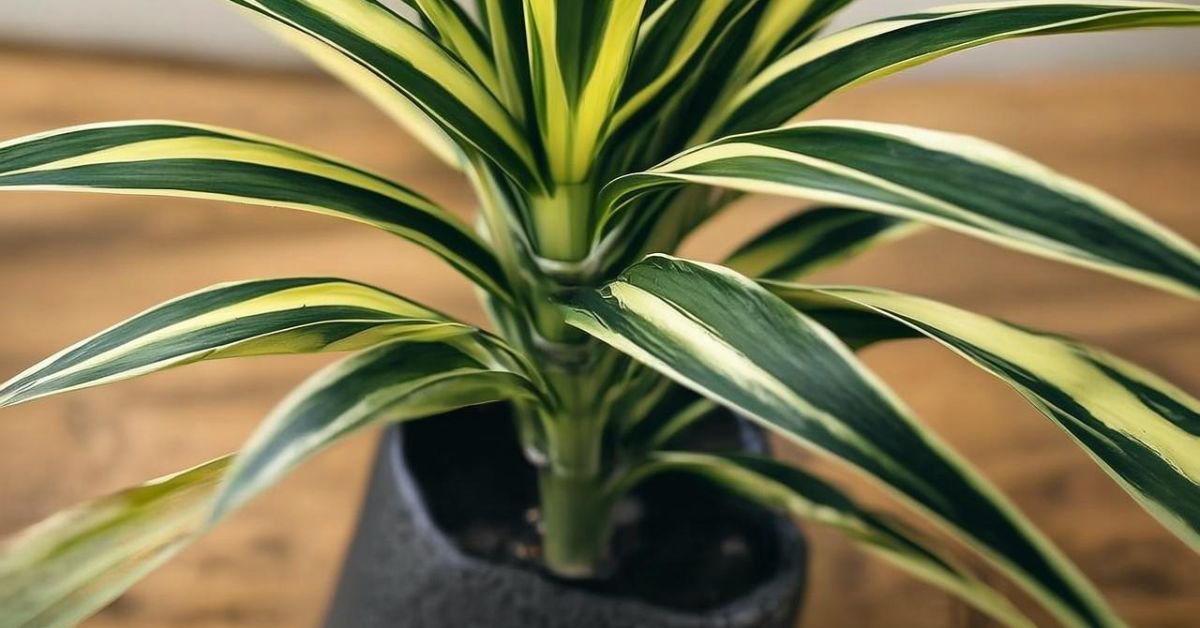Introduction
The Dragon Tail Plant is a beautiful indoor plant with shiny, heart shaped leaves. It is also known as Epipremnum pinnatum. This plant is popular for its low maintenance and tropical look. But like any plant, it can face problems that cause it to decline.
Seeing your plant turning yellow or droopy can be stressful. Many plant owners wonder why their healthy plant suddenly starts dying. The good news is that most issues are easy to fix if you identify them early.
In this guide, you will learn the common reasons your Dragon Tail Plant is dying. You will also discover simple solutions to bring it back to health. By understanding its needs, you can keep your plant thriving and lush.
How to Propagate a Dragon Tail Plant Step by Step
Propagating a Dragon Tail Plant is easy and rewarding. Start by picking a healthy stem with at least one node. Cut the stem using clean and sharp scissors.Soak the cutting in water or place it directly in moist soil. Keep it in a bright spot with indirect sunlight. Soon, you will see tiny roots forming.
Once the roots are a few inches long, move the cutting to a pot with fresh soil. Water it gently and give it time to adjust. Trim any damaged leaves to help new growth. With proper care, your new plant will grow strong and healthy.
Best Soil and Fertilizer for Dragon Tail Plant Growth
Dragon Tail Plant grows best in well draining soil. A mix of potting soil, perlite, and coco peat works well. Avoid heavy soil that holds too much water. It can cause root rot. In spring and summer, use a balanced liquid fertilizer every month.
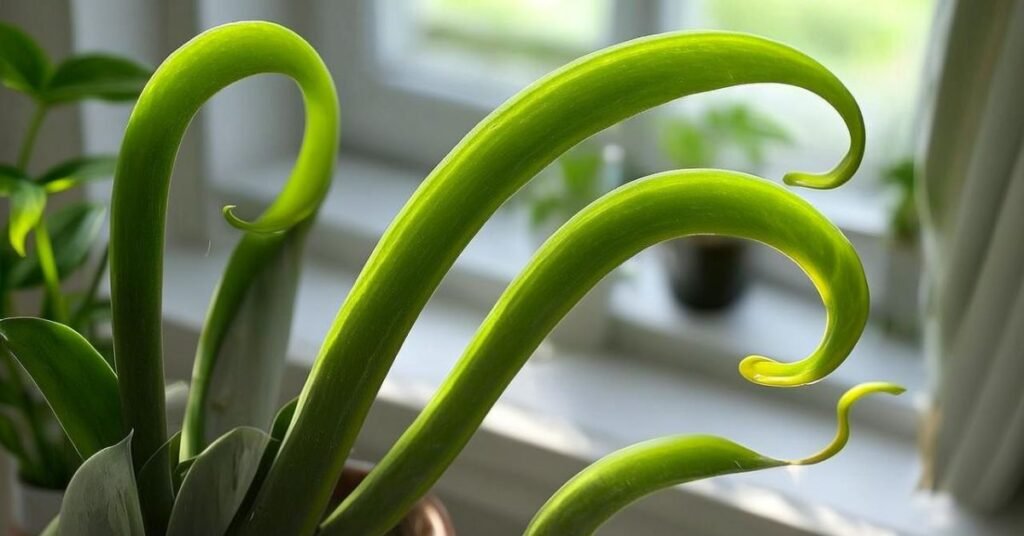
Feeding should be reduced during the colder months when growth is slower. Healthy soil and proper fertilizer will keep your Dragon Tail Plant lush and vibrant.
Dragon Tail Plant Light and Watering Requirements
Dragon Tail Plant loves bright, indirect light. Avoid placing it in harsh sunlight, as it can burn the leaves. It is okay to have low light, but growth may be slowed. Water the plant when the top inch of soil feels dry. Do not overwater, as soggy soil can harm the roots. In winter, there is less water because the plant grows slowly. Proper light and careful watering keep your plant healthy and happy.
Dragon Tail Plant vs Other Tropical Houseplants
The Dragon Tail Plant is unique among tropical houseplants. It has long, glossy leaves that can climb or trail beautifully. Unlike many tropical plants, it grows well in low to medium light. It is also easier to maintain and more tolerant of occasional neglect.
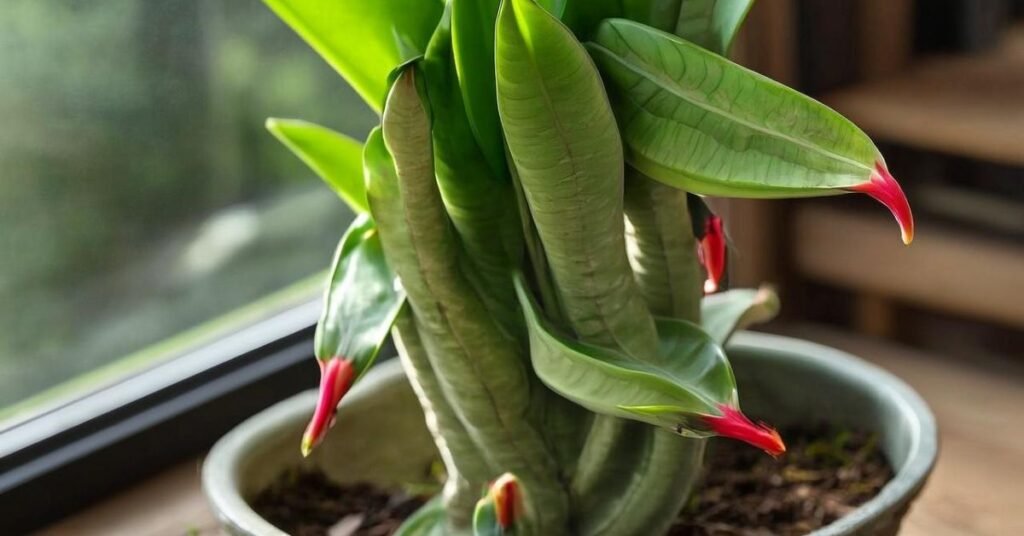
Other tropical houseplants, like Monstera or Philodendron, need more consistent care. Some require high humidity or frequent watering. Tail Plant stands out for its adaptability and minimal care needs. Whether you’re a beginner or a busy plant enthusiast, it’s a great choice.
| Feature | Dragon Tail Plant | Other Tropical Houseplants |
| Light Requirement | Low to Medium Indirect Light | Medium to Bright Indirect Light |
| Watering Needs | When top inch of soil is dry | Often needs more frequent watering |
| Growth Style | Climbing or Trailing | Climbing, Bushy, or Upright |
| Maintenance Level | Easy and Low Maintenance | Moderate to High Maintenance |
| Tolerance to Neglect | High | Low to Moderate |
Pruning and Maintenance Tips
Pruning keeps your plant neat and healthy. Remove yellow or damaged leaves with clean scissors. Trim long vines if they grow too wild. Wipe the leaves gently to remove dust.
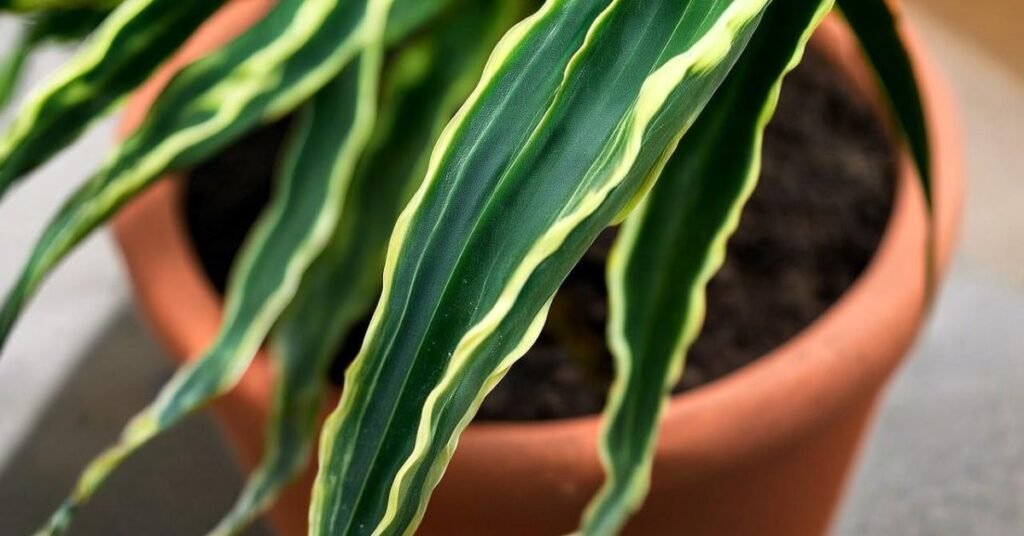
Check for pests regularly and treat them quickly. Make sure the pot is rotated every few weeks to ensure even growth. With simple maintenance, your plant will stay fresh and beautiful.
Common Problems and Solutions
The Dragon Tail Plant can face a few common problems.With simple care, most issues can be resolved. Yellow leaves, brown tips, pests, and slow growth are the main concerns. Here are the problems and their solutions:
- Yellow Leaves
- Usually caused by overwatering or poor drainage.
- Let the soil dry and check for proper drainage holes.
- Usually caused by overwatering or poor drainage.
- Brown Leaf Tips
- Often due to dry air or underwatering.
- Increase humidity and water regularly, but not too much.
- Often due to dry air or underwatering.
- Pests (Spider Mites or Mealybugs)
- Pests can hide under leaves and weaken the plant.
- If necessary, wipe leaves with a damp cloth and use insecticidal soap.
- Pests can hide under leaves and weaken the plant.
- Slow Growth
- Happens in low light or when fertilizer is missing.
- Move to bright, indirect light and feed monthly in the growing season.
- Happens in low light or when fertilizer is missing.
Dragon Tail Plant as an Indoor Decor Choice
Dragon Tail Plant is a beautiful choice for indoor decor. Its glossy green leaves bring a fresh and tropical vibe to any room. The plant can climb or trail, making it versatile for shelves, tables, or hanging baskets. It easily blends with modern or natural interiors.
This plant also improves the look of small spaces. It grows well in low to medium light, perfect for bedrooms or living rooms. With minimal care, it stays lush and vibrant. Adding this plant can instantly make your home feel more lively and welcoming.
Signs of a Healthy Dragon Tail Plant
A healthy plant is easy to recognize. It shows strong growth, vibrant leaves, and steady development. Watching these signs will help you know your plant is thriving.
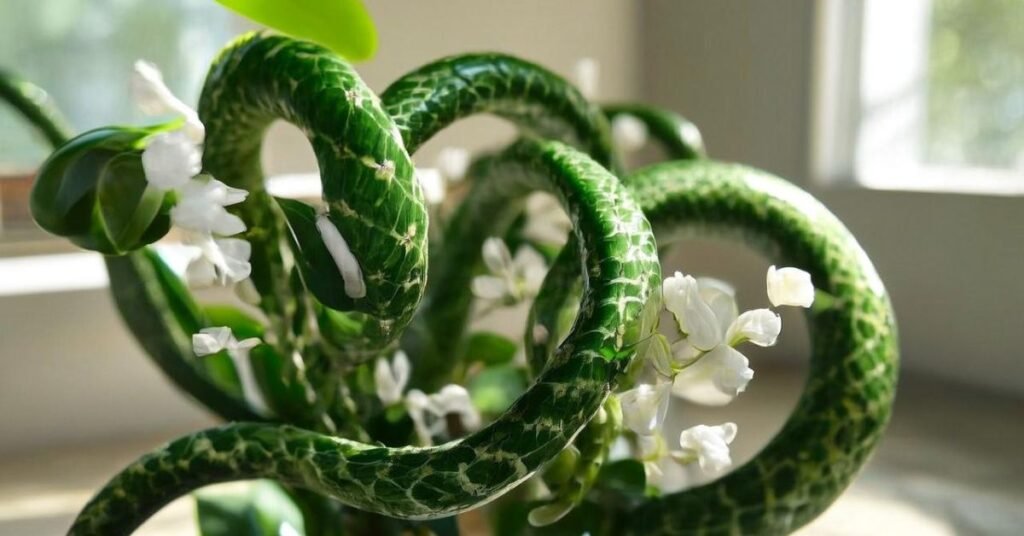
- Bright Green Leaves
- Healthy plants have glossy, deep green leaves.
- No yellow or brown spots should appear.
- Healthy plants have glossy, deep green leaves.
- Steady New Growth
- New leaves or shoots appear regularly.
- Growth is even and strong, not weak or floppy.
- New leaves or shoots appear regularly.
- Firm Stems and Roots
- Stems feel sturdy and upright.
- The roots are white and firm, without a bad smell.
- Stems feel sturdy and upright.
- Pest Free Leaves
- No visible insects or sticky residue.
- Leaves stay clean and smooth with proper care.
- No visible insects or sticky residue.
Where to Buy Tail Plant Seeds or Cuttings
You can buy Dragon Tail Plant seeds or cuttings from many sources. Local plant nurseries often have fresh and healthy options. Garden centers are a great place to check because you can see the plant before buying.
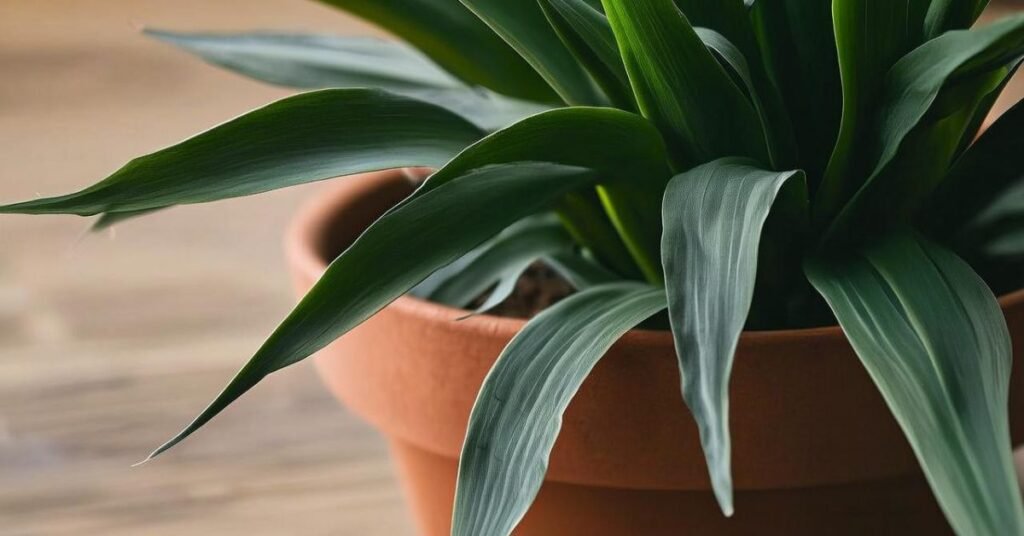
Before making a purchase, read reviews and ratings. Always choose trusted sellers to ensure quality. Look for reviews and ratings before placing an order. With the right source, you can start growing your own Dragon plant at home easily.
Conclusion
Dragon Tail Plant is a beautiful and easy to care for houseplant. Its glossy leaves and flexible growth make it perfect for any home. With the right light, water, and soil, it thrives with minimal effort.
Regular pruning, proper fertilizing, and pest checks keep it healthy. Whether you grow it in a pot or let it trail, it adds charm to your space. Caring for this plant is simple, and it rewards you with fresh, vibrant greenery.
FAQs about Dragon Tail Plant
1. How do I care for a Dragon Tail Plant?
Keep your plant in bright, indirect light and water when the top soil feels dry.
2. Can a Dragon Tail Plant grow indoors?
Yes, the plant thrives indoors with proper light and humidity.
3. How often should I water my Dragon Tail Plant?
Water your Dragon Tail Plant once the top 1 to 2 inches of soil are dry. Avoid overwatering.
4. Why are the leaves of my Dragon Tail Plant turning yellow?
Yellow leaves often indicate overwatering or poor drainage. Check the soil and pot.
5. Can I propagate a Dragon Tail Plant easily?
Yes, the plant can be propagated through stem cuttings in water or soil.


